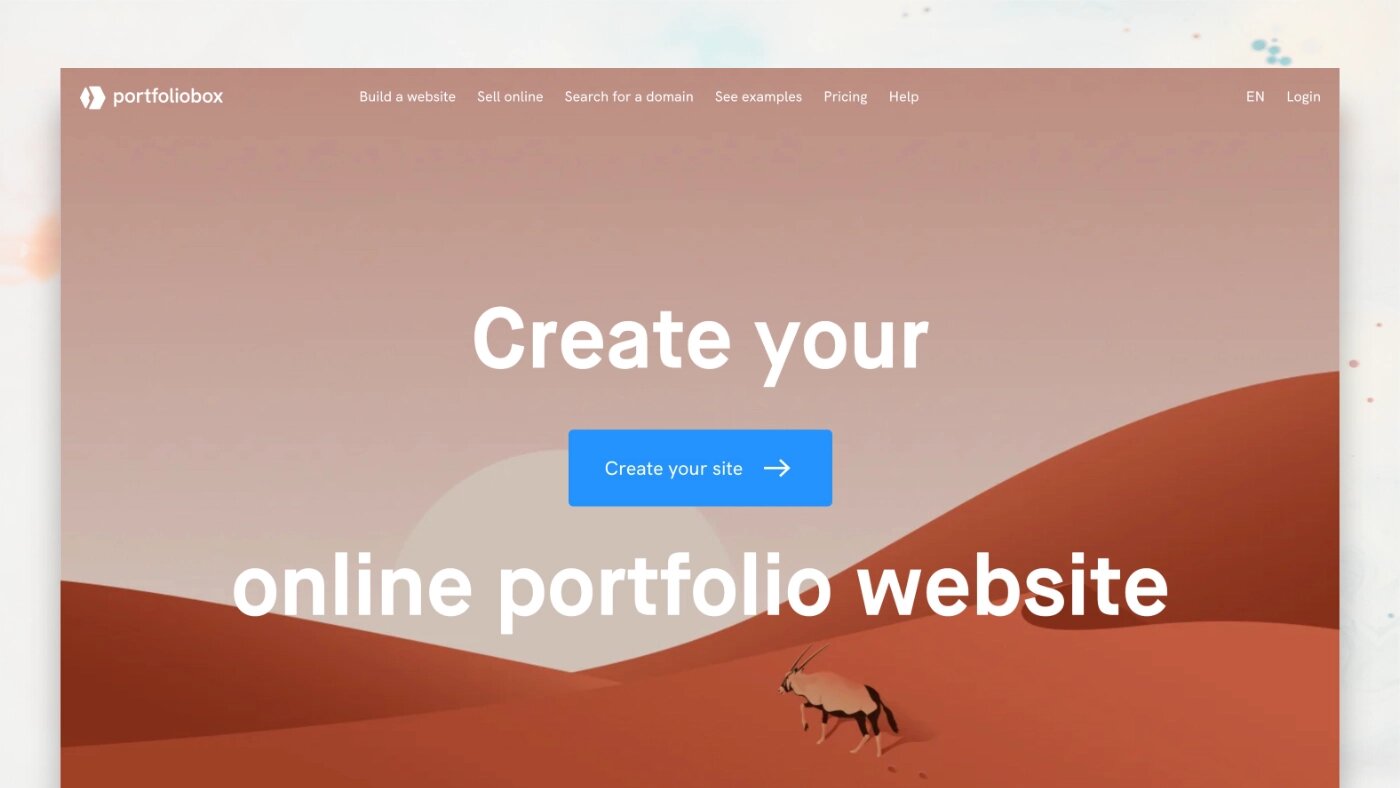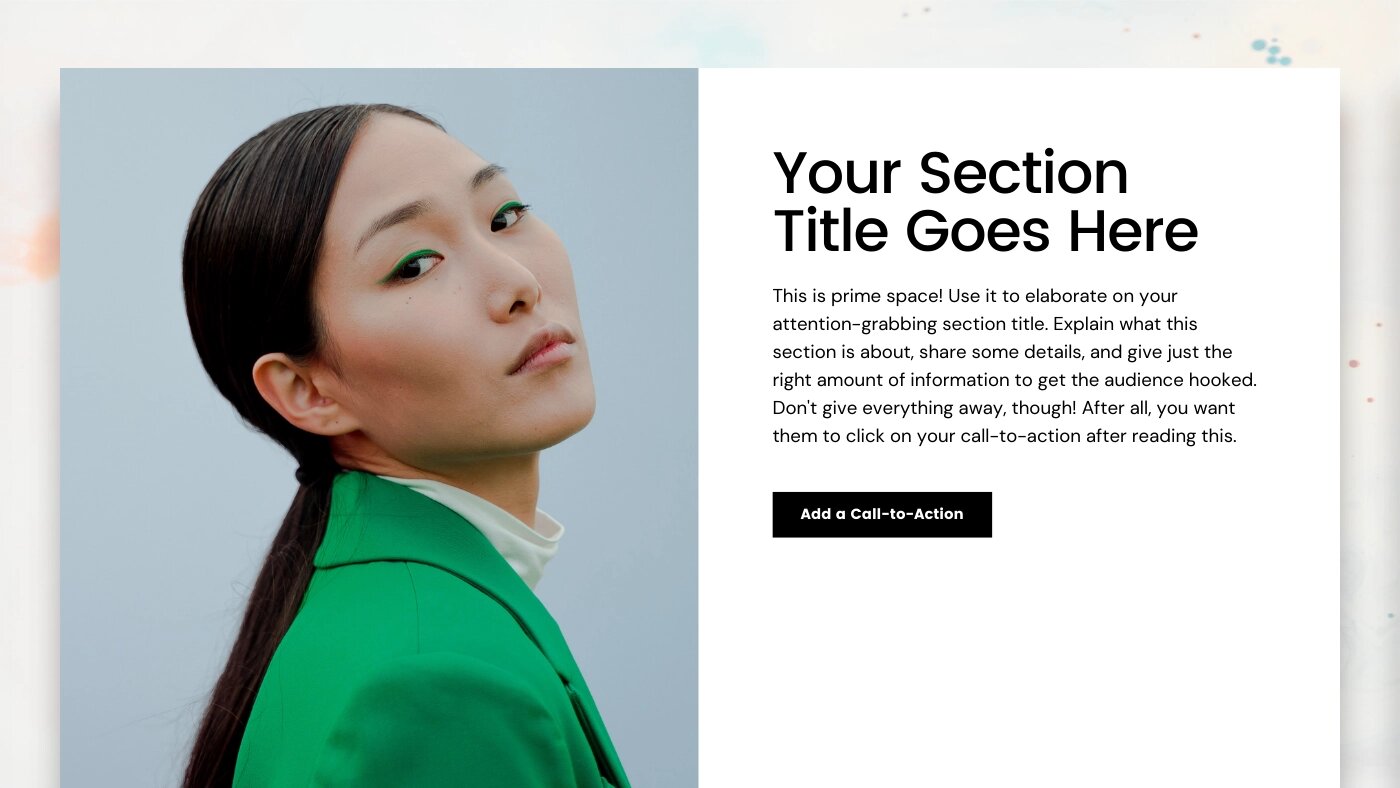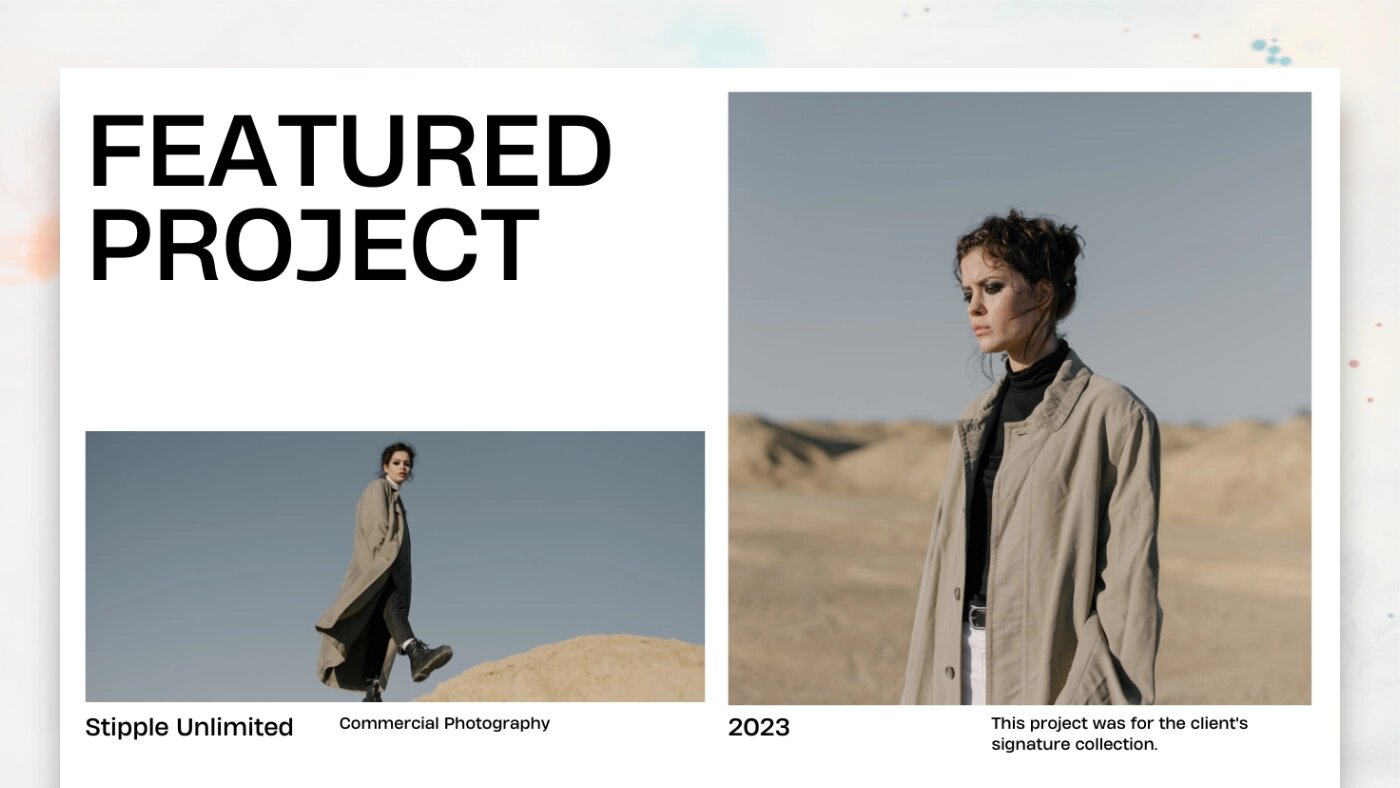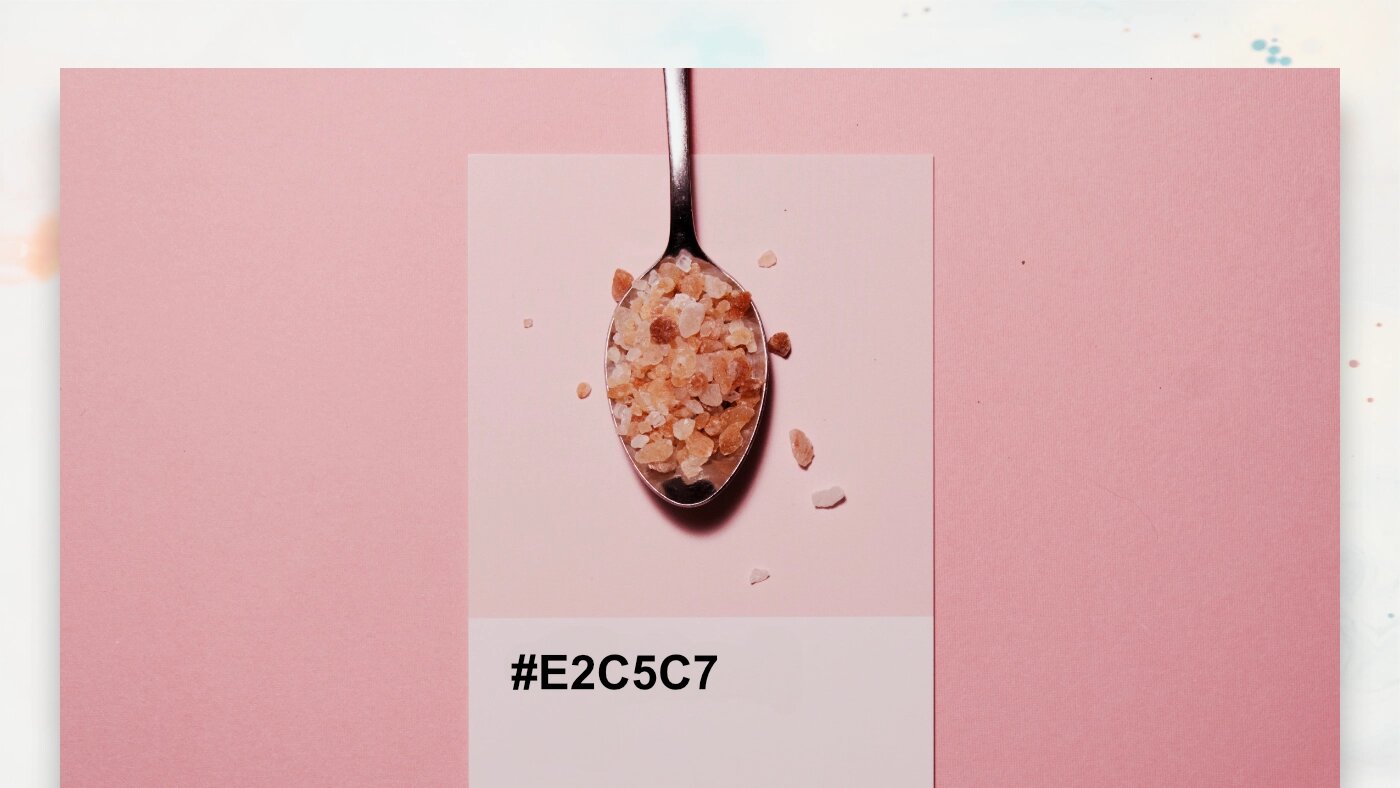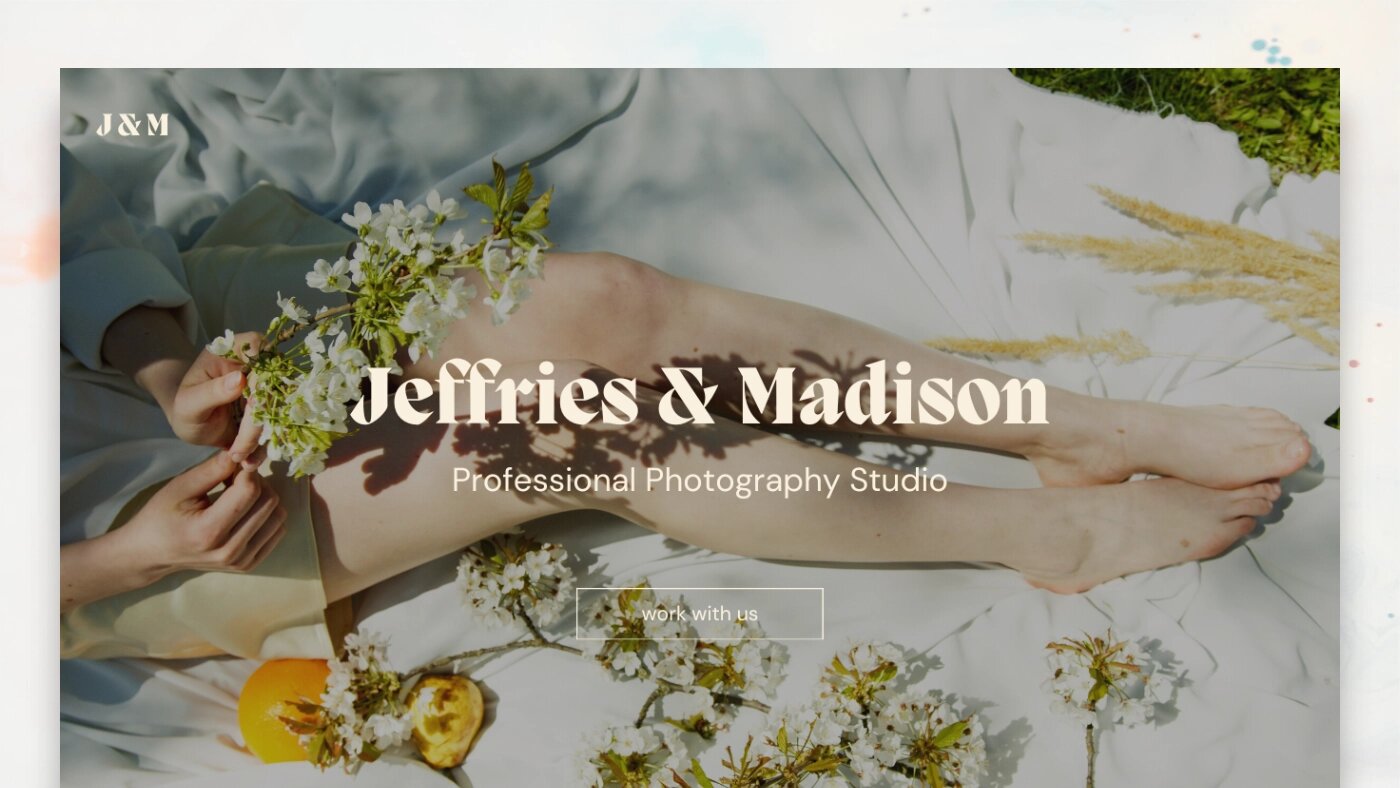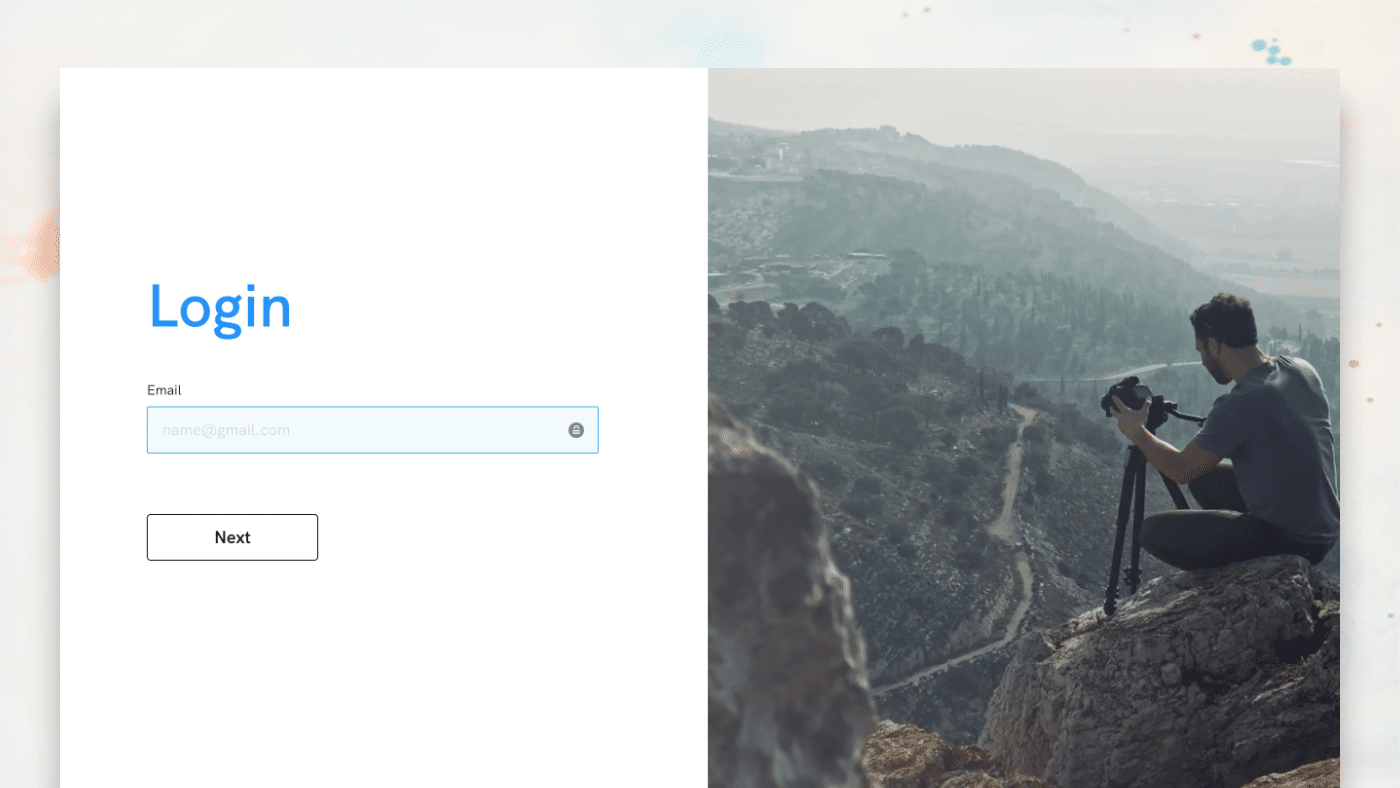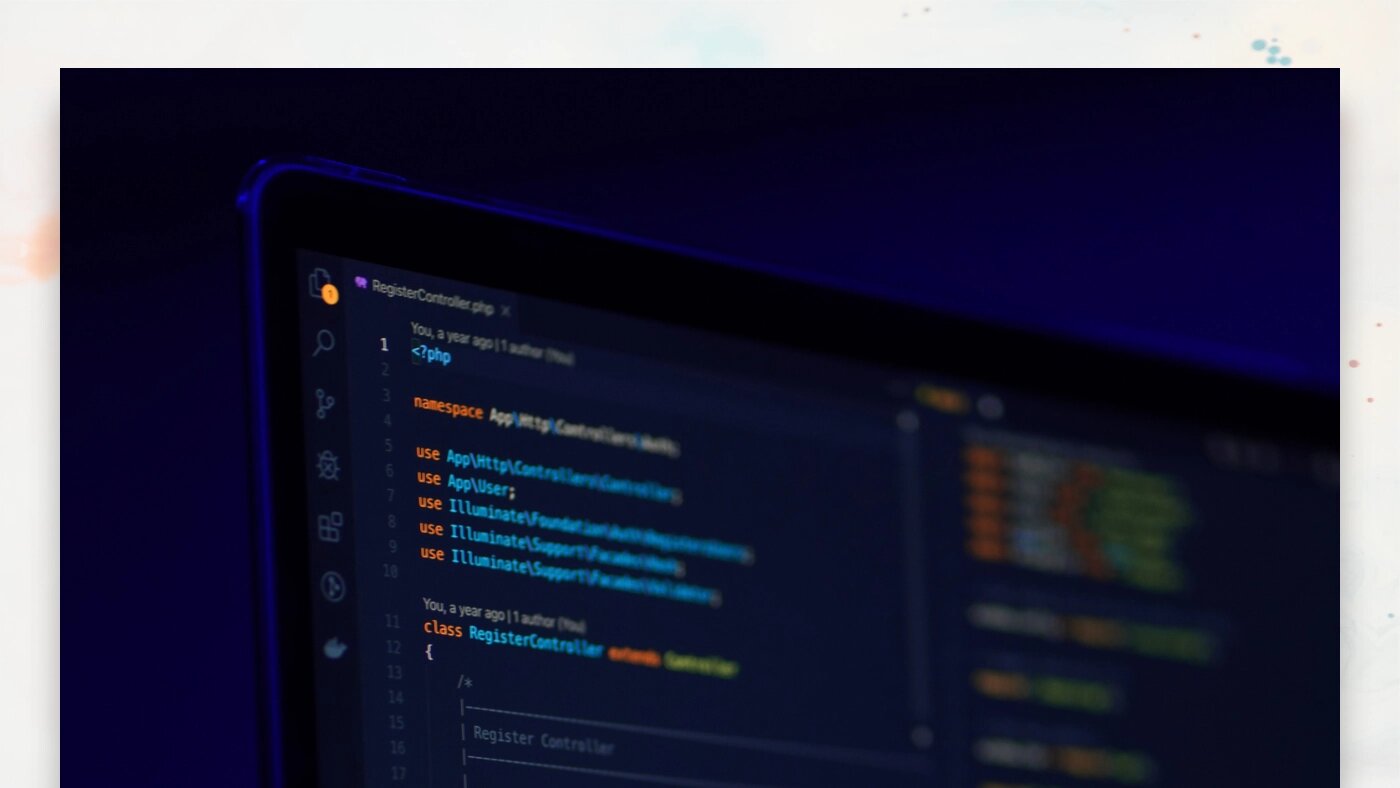Table of Contents
A Link page is a page type that displays links to other pages. It allows you to gather a collection of pages on a single page. There are many Link Page templates available; see a selection on our Sample Website.
Create a Link page
When you create a gallery page, you'll be prompted to add it to a Portfolio page. If you don't have a Link page, we will create a new one named "Portfolio" for you. However, if you want a separate Link page, follow the steps below:
- Click on Create.
- Under Collections, click on Link Page.
- Choose a template.
- Give your page a title and click on Create Page.
- Click on Edit Links to add pages to your Link Page.
Add pages to your Link page
There are several ways to add pages to a Link page.
Via a Link page
- Visit your Link page.
- Click on Edit Links.
- Click on Change Content.
- Click on Add New Link.
- Choose if you want to link to an existing page or create a new one.
- Fill in a title and subtitle if needed.
- Click on Save Link.
When creating a gallery page
When creating a gallery page and uploading your images, you will be asked if you want to add this gallery page to one of your Link pages. Select the link page you want to add your gallery to.
